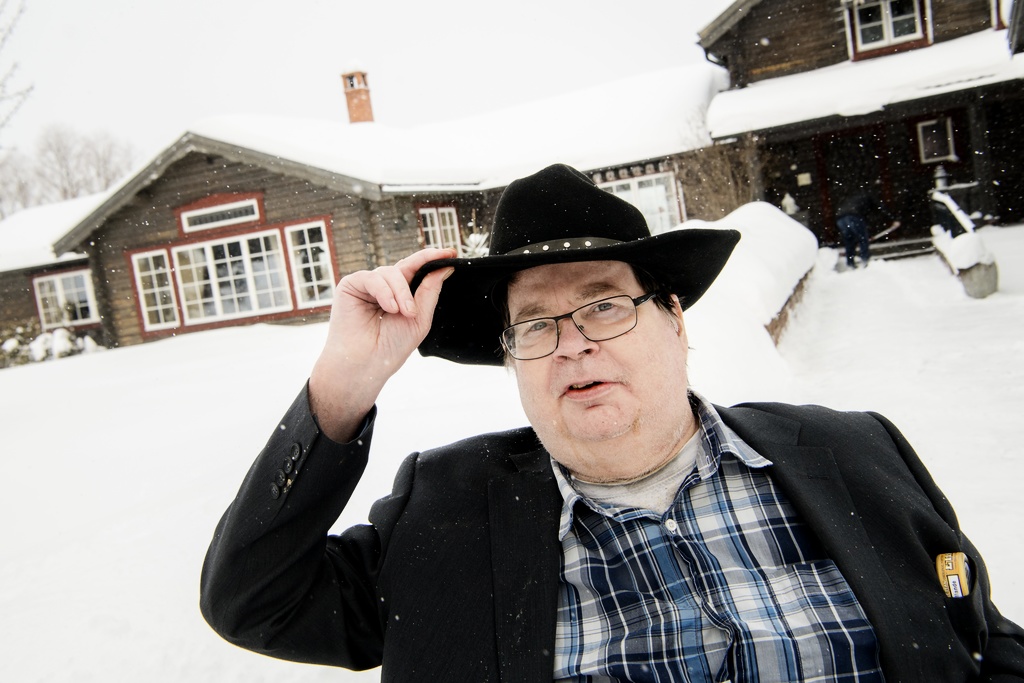...In addition, the new multi-arena was a heavy burden. Currently, the real estate liabilities of LIF amount to 107.8 million SEK. In some way, LIF’s ambition to develop a modern fashionable multi-arena might be thought remarkable and impulsive considering the small municipality. However, LIF was, as many small municipalities in Sweden were, mentally affected by the general ‘arena-boom’.74 Repair and renovation of the old arena would be more cost-efficient. In order to build the new arena, at a cost of 129 million SEK, LIF was forced to take a bank loan of 85 million SEK. However, the municipality contributed 15 million SEK, as an investment grant, in addition to 70 million SEK that was invested in various municipal sports facilities, including a parking area outside the arena. Besides, different sponsors, with Ejendals in the forefront,75 had to put in several millions into the building. The new stadium, Ejendals Arena, named after the main sponsor, was opened in 2005.76 Evidently, the question of public support of new and modern multi-arenas in minor municipalities has been an appealing target for the media, due to the dubious usages of taxincomes.77 LIF/Leksand has recently become a vital media target, although this kind of public support is by no means unique to the city of Leksand. The concept behind the new arena was, for sure, new forms of revenues (i.e., restaurants, ‘networking’ and conferences). However, the new multi-arena has not only given the LIF new opportunities for revenues, but has unfortunately also served as a perilous undertaking for the club. The arena has not yet been able to cover its costs. The annual deficit has been nearby 20 million SEK, even if the multi-arena has housed different popular entertainments, such as the Swedish qualification for the Eurovision Song Contest. Years of commercial deficit have accumulated, where the financial unbalance has finally threatened to sink the club. The multi-arena appears to have been too pretentious and too expensive for a club and a municipality in a town like Leksand.78 Several critical commentators have questioned how it has been possible for LIF to acquire an elite license in view of their documented overspending and debt. In this matter, LIF, notwithstanding its cultural legacy, appears to be a special case in Swedish ice hockey, since it has been kept floating by a history of audit technical moves, pen strokes, and obsequious turns among the local politicians.79
...




